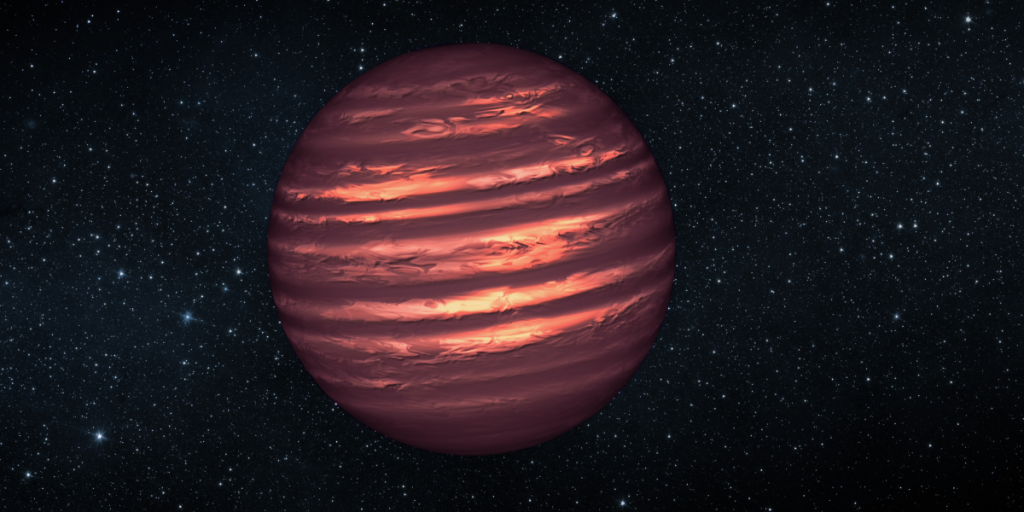A Brown Dwarf Changes the Rules
Others are reading now
A Brown Dwarf Changes the Rules
A new cosmic companion

A nearby red dwarf star has been found with a brown dwarf companion, reshaping our understanding of how stars and substellar objects form.
This discovery brings astronomers one step closer to understanding the complexities of the universe’s most common stars.
What makes brown dwarfs special?
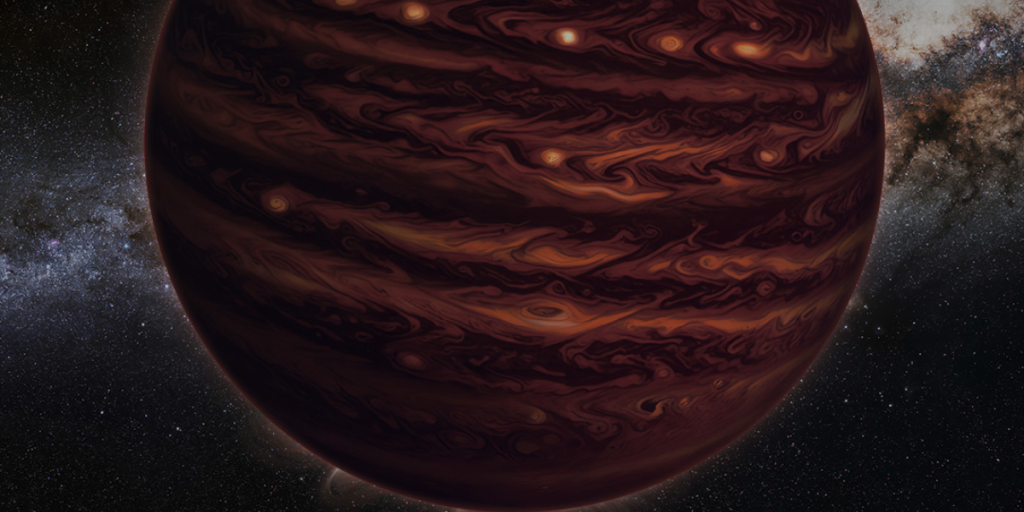
Brown dwarfs exist in a unique category — too large to be planets, too small to be stars.
These mysterious objects burn small amounts of fuel, emit a faint glow, and offer valuable insights into both stellar and planetary evolution, according to Universe Today.
A close companion with a long orbit
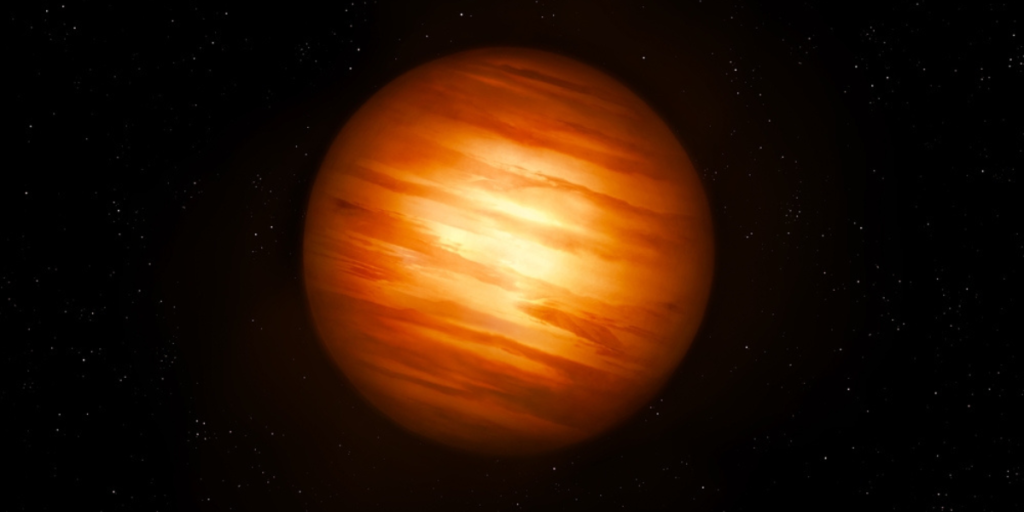
Also read
Astronomers discovered the brown dwarf orbiting a red dwarf star just 55 light-years from Earth.
The companion follows a wide orbit, completing one revolution around its host approximately every 20 years, and has a mass about 60 times that of Jupiter, according to Universe Today.
Cloudy skies and strange weather

Surprisingly, the brown dwarf exhibited variations in brightness, hinting at atmospheric activity — possibly involving storms, swirling clouds, or intricate weather systems similar to those seen on gas giants in our Solar System, according to Universe Today.
Rethinking red dwarfs
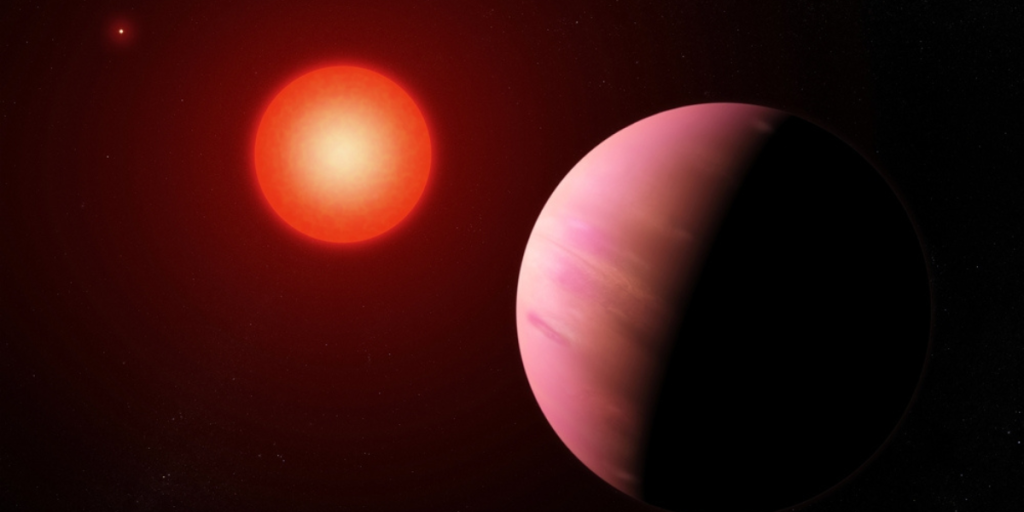
Red dwarfs were long thought to mostly live alone, but new evidence shows they may often have low-mass companions.
This finding could rewrite how we model star systems and their potential to form planets or brown dwarfs reports univese today.
More than meets the eye
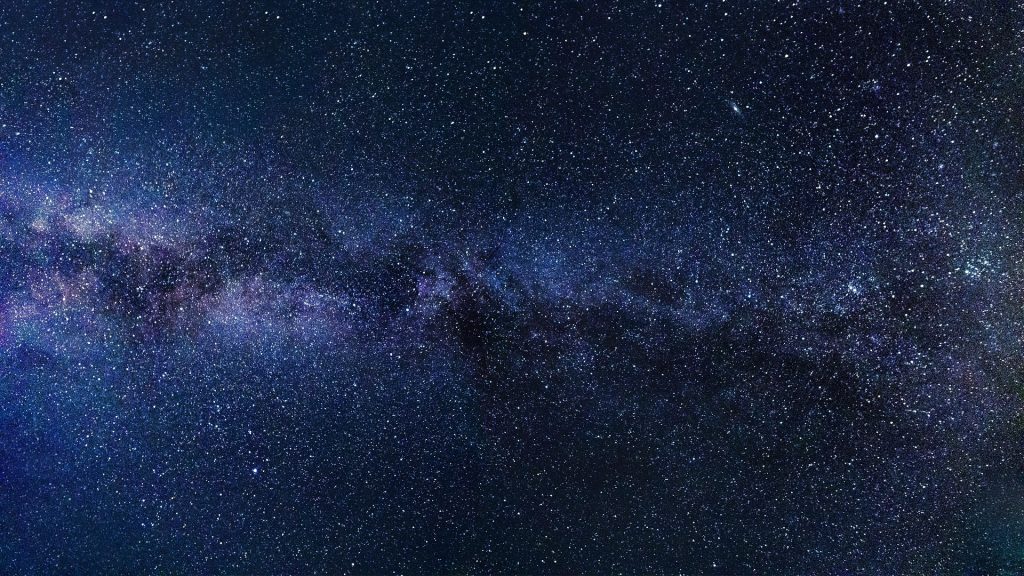
Also read
The discovery of this brown dwarf companion offers a glimpse into dynamic processes at work in seemingly simple star systems. From strange weather to surprising partnerships, there’s still much to uncover.
One discovery, many questions

With future observations planned using next-gen instruments, this system will continue to unlock secrets about how stars and planetary systems come to be. It’s a reminder that in astronomy, every new find opens the door to deeper mysteries.
This article is made and published by August M, who may have used AI in the preparation

